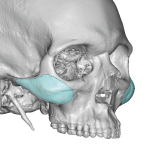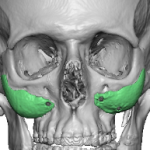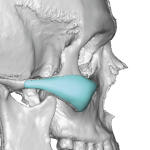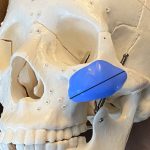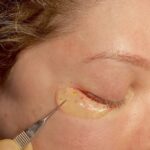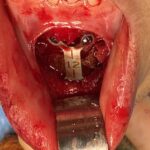Use of the Ogee Curve in Custom Cheek Implant Designs
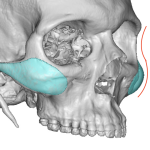
The Ogee curve is a well known and talked about aesthetic facial feature. Looking at the face in the oblique view it is an S-shaped double curve created by the outline or silhouette of the tail of the brow bone along the lateral orbital rim and down across the cheek prominence. It is usually referred Read More…




